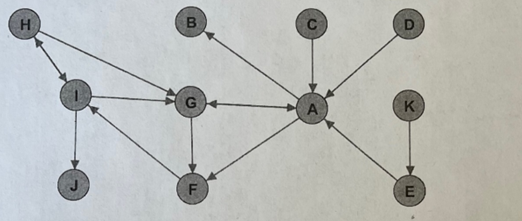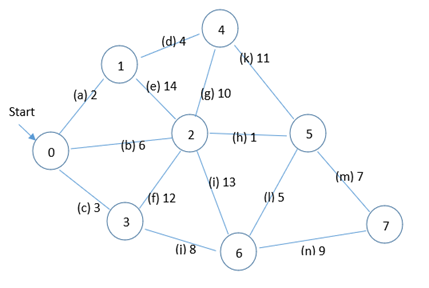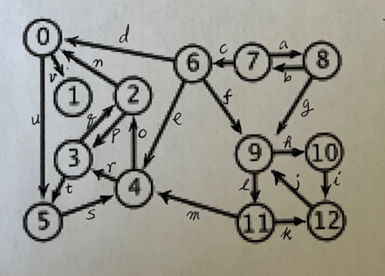Question
a. For the recursion program given below function, func(), gets an integer array, arr[], of size n along with some number, num. bool func(int arr[],
a. For the recursion program given below function, func(), gets an integer array, arr[], of size n along with some number, num.
bool func(int arr[], int n, int num)
{
if (num == 0)
return true;
if (n == 0)
return false;
if (arr[n - 1]
bool b1 = func(arr, n - 1, num)
|| func(arr, n - 1, num - arr[n - 1]);
Return b1;
}
else
return func(arr, n - 1, num);
}
The above had a exponential time complexity issue! so decrease the complexity to pseudo-polynomial, you may apply a dynamic programming approach in the program given below. Do not change the codes only fill in as "//// Part (1)" and "//// Part (2)."to achieve the objective.
bool func(int arr[], int n, int num)
{
bool DP[n + 1][num + 1];
for (int i = 0; i
DP[i][0] = true;
for (int i = 1; i
DP[0][i] = false;
for (int i = 1; i
for (int j = 1; j
if (j
//// Part (1)
if (j >= arr[i - 1])
//// Part (2)
}
}
return DP[n][num];
}
2. Apply Prim's Algorithm to identify the minimum spanning tree for the graph given below. The start node is node 0. Select the edges chosen by the algorithm in Blackboard submission page. Each edge is denoted by an alphabet letter from (a) through (n).



Step by Step Solution
There are 3 Steps involved in it
Step: 1

Get Instant Access to Expert-Tailored Solutions
See step-by-step solutions with expert insights and AI powered tools for academic success
Step: 2

Step: 3

Ace Your Homework with AI
Get the answers you need in no time with our AI-driven, step-by-step assistance
Get Started


